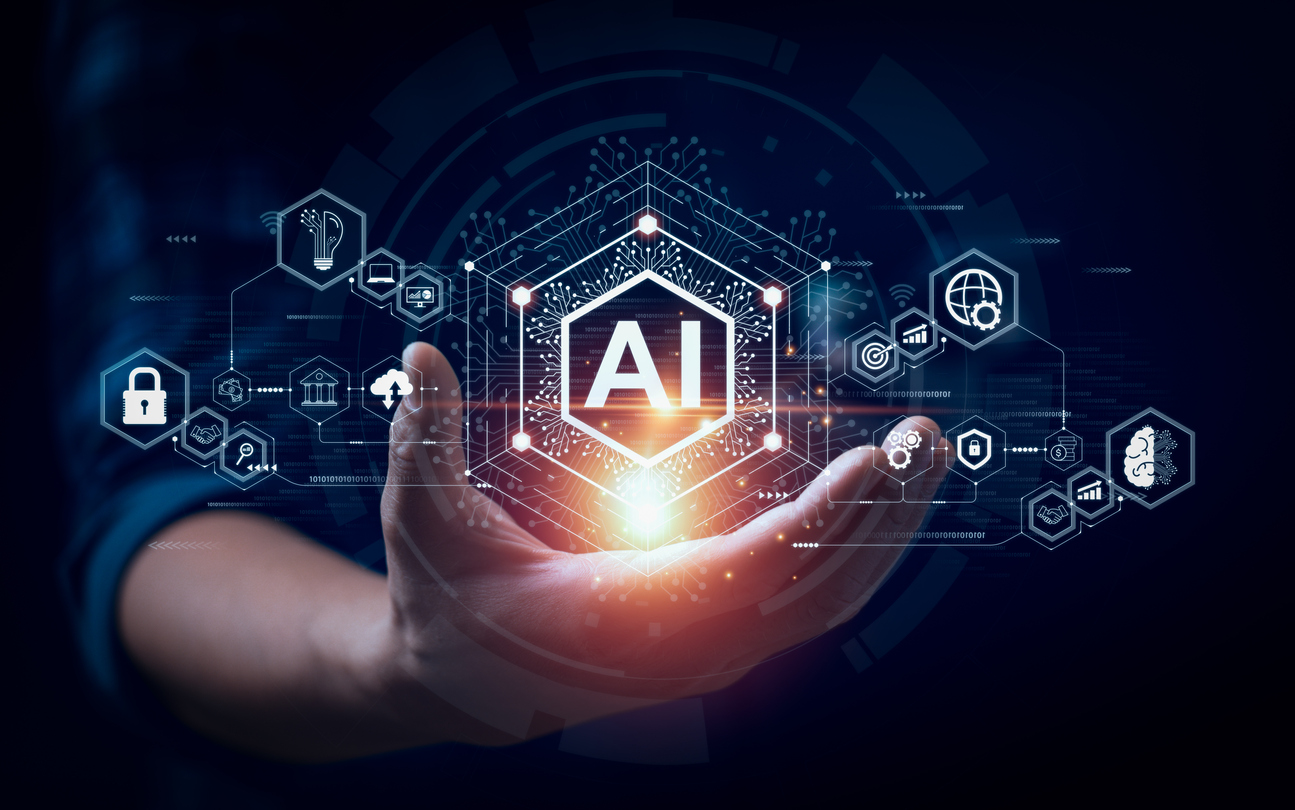Description

Copyright infringement not intended
Picture Courtesy: connectedworld.com
Context: The Indian government is considering partnerships to advance the development of semiconductor chips and artificial intelligence (AI) infrastructure. Six working groups were formed to advise on the country's AI roadmap, and they have submitted their initial report.
Key Highlights of the report
- The report recommends leveraging public-private partnerships to manufacture semiconductor chips specifically designed for AI applications. This indicates the government's commitment to fostering domestic semiconductor production for AI technology.
- The PPP model will also be used to establish "GPU clusters," which are large groups of resource-intensive graphics processors used in AI applications. These clusters will be made available to Indian startups and researchers, providing them with the necessary infrastructure for AI development.
- The AI initiative will focus on various use cases, including agriculture, healthcare, education, fintech, security, and governance. These sectors are expected to benefit from AI technologies in various ways, from improving efficiency to enhancing services.
- The government plans to create an extensive collection of anonymized datasets to support Indian researchers and startups in training their AI models. Datasets are crucial for training AI systems and making them more effective.
- The draft National Strategy on Robotics is aimed at harnessing the potential of robotics in various sectors. It emphasizes the importance of robotics for competitiveness, cost-efficiency, and computer vision, particularly in manufacturing.
- The draft strategy suggests fiscal interventions to promote local manufacturing of robotics hardware. It also encourages the creation of "demonstration facilities" for testing and showcasing robotics technologies. Additionally, building capacity in the robotics sector is highlighted as a key objective.
- The report argues that robotics can have a significant impact on various industries and sectors by deploying robotics at scale. It emphasizes the benefits of robotics in terms of quality assessment through computer vision and increased efficiency. It challenges the idea that robotics necessarily leads to job losses and focuses on the positive aspects of automation.

Conclusion
- The Indian government is making efforts to promote the development of AI and robotics through public-private partnerships, infrastructure support, and the creation of datasets, with a strong focus on various sectors that can benefit from these technologies.
Must Read Articles:
MULTIMODAL ARTIFICIAL INTELLIGENCE: https://www.iasgyan.in/daily-current-affairs/multimodal-artificial-intelligence
BASICS OF ARTIFICIAL INTELLIGENCE: https://www.iasgyan.in/blogs/basics-of-artificial-intelligence
ARTIFICIAL INTELLIGENCE AND ENVIRONMENT: https://www.iasgyan.in/daily-current-affairs/artifical-intelligence-and-environment
INDIAai Initiative: https://www.iasgyan.in/daily-current-affairs/indiaai-initiative
|
PRACTICE QUESTION
Q. What are the key principles and practices for ensuring the sustainability of artificial intelligence, and how can AI technologies be developed and used in an environmentally responsible manner?
|














